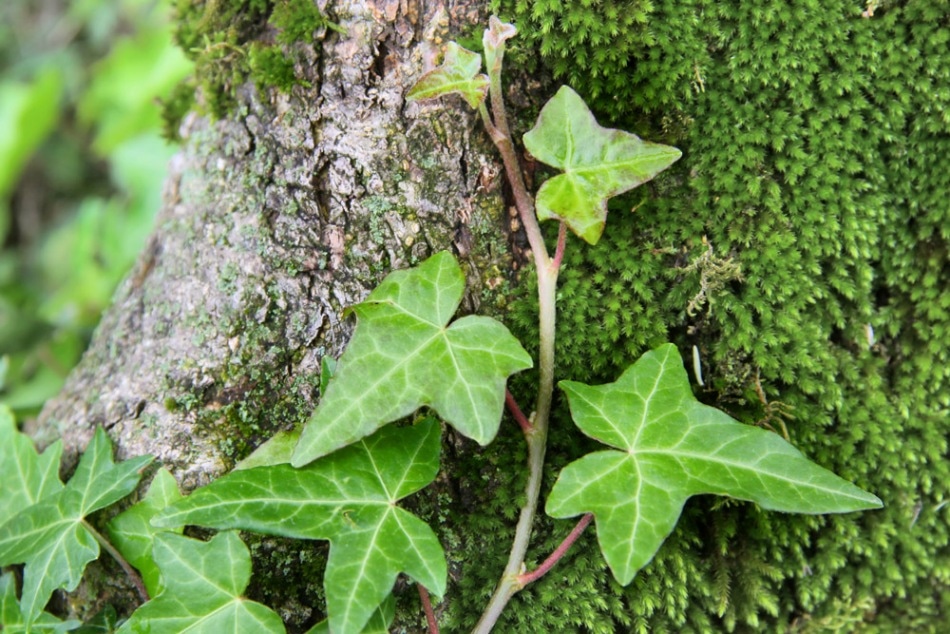Feb 27 2019
How do plants like clematis, ivy, and Virginia creeper are able to climb? What is their level of energy consumption? And could robots be developed that move and behave similar to these plants?
 Robots shall learn to climb like ivy. (Image credit: University of Freiburg)
Robots shall learn to climb like ivy. (Image credit: University of Freiburg)
The “GrowBot” project’s researchers are looking for answers to all these questions. Over the next four years, the European Commission will fund the researchers’ study with approximately seven million euros, under the Horizon 2020 program line Future and Emerging Technologies (FET). The researchers involved in the “GrowBot,” project, especially the team headed by Dr Thomas Speck, a biologist professor at the University of Freiburg, are mainly aiming to develop robots that have the ability to climb just like plants and can acclimatize to their surrounding environment easily. In the coming days, such robots will be utilized in urban development, for instance, to support archaeological investigations or install sensors.
The project is being coordinated by Dr Barbara Mazzolai, a research director at the Micro-Bio Robotics Center of the IIT (Istituto Italiano di Tecnologie) in Pontedera, Italy. In 2012, Plantoid—the first plant robot in the world—was developed under Dr Mazzolai’s leadership. The robot was inspired by the movements and growth behavior of plant roots. The aim of the “GrowBot” is to transfer the abilities of climbers, which use their climbing stems to locate appropriate support structures, thereby orienting themselves and moving within them. The different anchoring strategies of the plants allow them to fix themselves to a wide range of surfaces.
Speck is the head of the Plant Biomechanics Group and director of the Botanic Garden at the University of Freiburg, and his Freiburg subproject has been funded with around 700,000 euros. For years, the scientists at the University of Freiburg have been studying the mechanics and stem structure of climbing plants and their various attachment systems. The team has already gone ahead and used the study results in bio-inspired applications. Now, the botanists have teamed up with Dr Nicholas Rowe from the Institute of Botany and Bioinformatics of Plant Architecture (Botanique et bioinformatique de l’architecture des plantes, UMR—AMAP) in Montpellier, France, to study climbing plants that have now started to offer innovative concepts for a new movement prototype for “soft robotics.” Collectively, the researchers will study and abstract the climbing plants’ functional principles so as to progress the development of innovative climbing robots.
The “GrowBot” project involves scientists from the fields of botany, robotics, computer science, materials science, and mathematics from the University of Freiburg (Freiburg, Germany), IIT-Istituto Italiano di Tecnologia (Pontedera, Italy), HZG—Helmholtz-Zentrum Geesthacht Zentrum Für Material-und Küstenforschung (Teltow, Germany), SSSA—Scuola Superiore Sant’Anna (Pontedera, Italy), Linari Engineering Srl (Pisa, Italy), GSSI—Gran Sasso Science Institute (L’Aquila, Italy), CNRS-Centre National De La Recherche Scientifique (Montpellier, France), Tel Aviv University (Tel Aviv, Israel), and Arkyne Technologies SL (Barcelona, Spain).